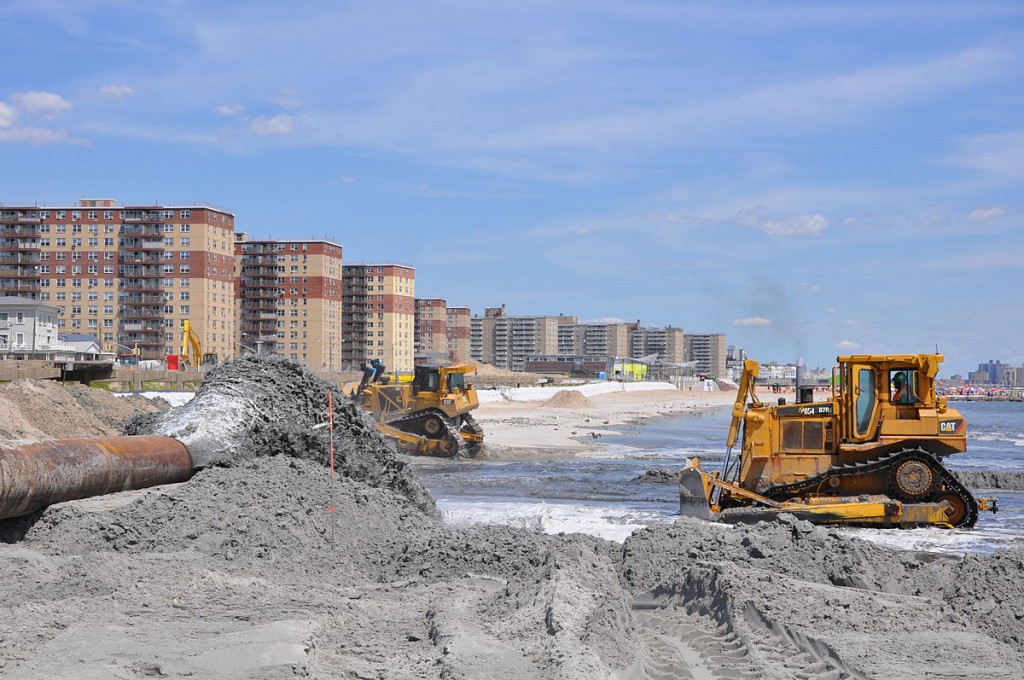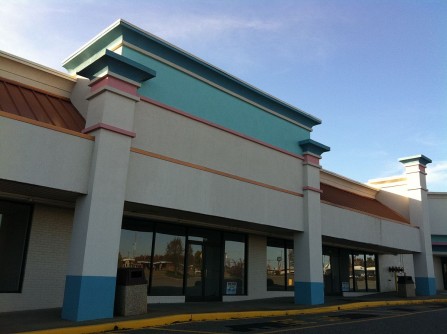Two years ago this week, Hurricane Sandy dissipated after causing a great deal of international damage. In the United States, in particular, Sandy devastated the East Coast, causing over seventy fatalities and leaving behind over $65 billion in damages. Responding to this state of emergency, charities, corporations, and government linked arm-in-arm to facilitate a high-powered relief effort.
While watchdogs have kept a close eye on the government’s response to Sandy (e.g., Governor Chris Christie received great criticism earlier this year regarding the disbursement of recovery funds [such as the criticism levied against the $25 million ad-buy for the oh-so-catchy “Stronger than the Storm” jingle]), nonprofit and corporate responses have not yet faced such scrutiny. That is, not until the recent release of “Philanthropy & Hurricane Sandy: A Report on the Foundation and Corporate Response,” published by the Foundation Center, Philanthropy New York, the Council of New Jersey Grantmakers, and the Center for Disaster Philanthropy. Curiously, the report almost immediately bifurcates the response into that of government and that of nongovernment:
That’s one of the wonderful things about philanthropy and the reason our nation’s tax laws support the creation of foundations: private givers often have approaches very different from government.
The key findings from the report note that corporations gave nearly $136.4 million and public foundations nearly matched this figure. The focus of the funding was human services, followed by housing and economic and community development. Nearly 600 institutional donors gave over $380 million for the response efforts, with most organizations based in New York and New Jersey. However, to put these figures in perspective, we should note that private insurance provided about $18.8 billion and federal aid gave nearly $60.4 billion (see pg 9). Relatively speaking, philanthropy has covered less than 1 percent of the financial recovery.
Later on in the report, another interesting finding notes the recipients of the foundational and corporate funding and finds that the top five organizations receiving funding were the American Red Cross (both national headquarters and in Greater New York), the Mayor’s Fund to Advance New York City, Local Initiatives Support Corporation New York City, and United Way Worldwide. This note is interesting because the top recipients are all national, international, or umbrella organizations.
Reacting to these immediate findings, there are two observations worth pointing out. First, the noted relationship between corporate and philanthropic entities and the government is intriguing – in the introduction (quoted above), the report points out philanthropy’s alternate focus from government, yet philanthropy’s dependence on government. The view of the report notes that it is because of government that foundations are afforded the opportunity to flourish (through both tax structures and vacant policy space). Nevertheless, in contrasting the impact of these organizations with government, foundations are having relatively limited effects when contrasted with their better half.
Second, while there are many local organizations represented in the report, many of the major groups (particularly on the recipient end) are local chapters of national organizations. Whether this is a reflection of a lack of local philanthropy in the affected regions or evidence of the network of “big philanthropy” at work, this pattern raises questions regarding the recovery project’s mission. For example, how are the Red Cross’s funds being used in the region? The report even notes (in its section on New York City and Long Island) that it remains unclear (despite the hundreds of millions of dollars spent) how local philanthropy was affected by the relief effort. Although the report focuses on notable transactions, it fails to tell the full story with regard to the thousands of schools, homes, and businesses affected by this disaster.
As the region enters its third year of recovery, it is worth asking how this largely outside spending (from the government, corporations, and nonprofits) will influence the region’s overall civil society.






